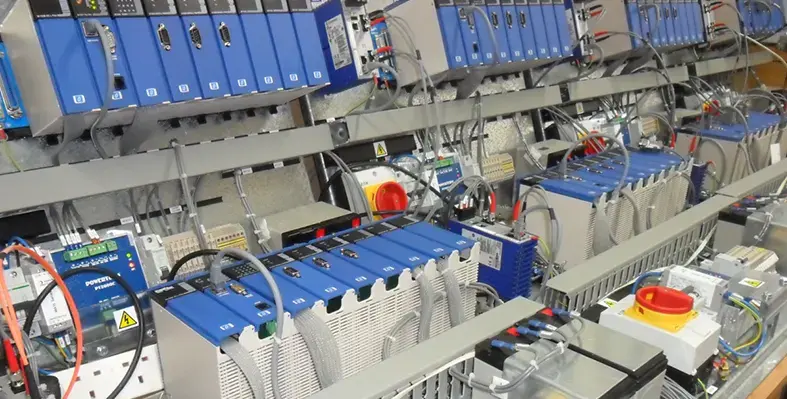Power grids, water systems, and various industrial operations often stretch into isolated regions where regular in-person supervision is not viable. In these cases, remote monitoring offers a practical solution — but only when the equipment is specifically built to endure the surrounding conditions
Gary Bradshaw, director at remote monitoring specialist Omniflex, outlines the technical demands of deploying such systems in harsh and inaccessible locations, and illustrates their use through a project with a major South African electricity utility.
Monitoring infrastructure in remote areas is fraught with challenges. These environments are frequently subject to extreme weather conditions such as high temperatures, humidity, dust, and electrical storms — all of which can compromise the performance and durability of monitoring equipment. Complicating matters further is the lack of readily available maintenance; deploying technicians to these areas involves considerable time, effort, and cost.
Another major hurdle is the absence of consistent power supply. With no mains electricity, these monitoring systems are reliant on batteries or, where feasible, solar power. Therefore, efficient energy usage is critical, along with pre-emptive battery replacement to prevent system failure and data loss.
Communication is also an obstacle. Remote locations often lack mobile network coverage, and traditional wired connections are cost-prohibitive to install. In such cases, radio and satellite communication are typically the only viable alternatives.
These issues are compounded by concerns about the longevity of monitoring systems. Many commercially available monitoring products are built with planned obsolescence, requiring full system replacements every few years. For hazardous and difficult-to-access sites, this poses both financial and safety concerns.
“For installations in remote and dangerous locations, this is not practical as sending engineers out to regularly replace equipment presents all the same challenges as in-person monitoring and equipment maintenance in terms of cost and risk. For these systems, remote monitoring equipment should ideally maintain full serviceability and compatibility for decades to minimise the need to dispatch engineers and technicians.”
Eskom’s remote monitoring evolution
In the early 1990s, South Africa’s electricity supplier Eskom faced operational difficulties in overseeing its remote assets, particularly 11kV and 22kV distribution lines that passed through isolated rural terrain. Frequent storms brought lightning strikes and fallen branches, which often triggered the auto-reclosers and sectionalisers, disrupting supply.
Restoring these services meant engineers had to navigate long distances — often at night and in hazardous conditions — just to diagnose and manually reset equipment. The problem was exacerbated by poor telecom infrastructure in those regions, causing delays in reporting and response.
To address this, Eskom partnered with Omniflex to implement a remote monitoring system capable of continuous, centralised supervision. The solution involved deploying Maxiflex remote terminal units (RTUs), mounted on power line poles and equipped to operate independently in the field.
“Maxiflex is a modular product that can be configured to suit a wide range of applications and its hot-swappable I/O modules enable maintenance without powering down the system, minimising any associated downtime.”
“The Maxiflex pole-mounted RTUs were mounted directly on power line poles alongside switching devices and interfaced to a central control centre over unlicensed radio bands for secure 24/7 monitoring. This solution allowed operators to receive real-time fault alerts and enabled them to remotely isolate line sections or reset devices without dispatching engineers.”
This was among the earliest deployments of Maxiflex and set the stage for its adoption in various critical infrastructure environments. Since then, the system has been employed in diverse applications globally — from nuclear radiation monitoring in the UK to alarm management and event sequencing in sectors such as oil and gas, petrochemicals, and utilities.






